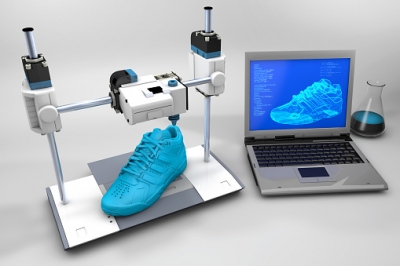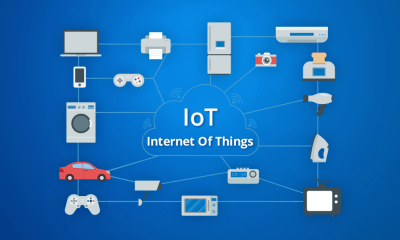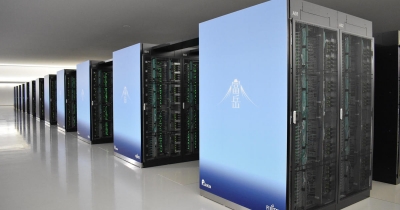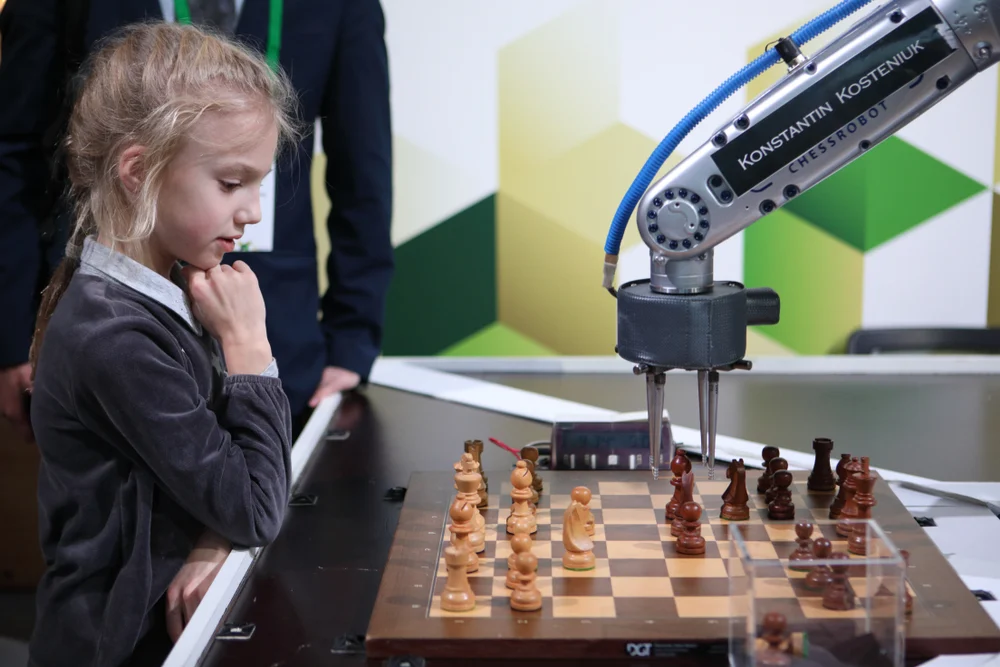
3D printing upends the standard manufacturing process. There is no doubt that 3D printing is the future and that we may be able to ‘create’ everything, including organs.
The wheel is one of the earliest inventions of mankind. It revolutionised our life. Going forward, we have made many strides in varied sectors to change life as we know it. Enter 3D Printing, And now, we are in the throes of changing the way matter is being looked at and processed.
With 3D printing, life has become easy and different. You can now print what you want. From hobbyists to businesses everyone is using 3D printing. 3D printing upends the standard manufacturing process
What’s 3D Printing
3D printing is three-dimensional printing and manufacturing of products, and it is an additive manufacturing process.
Additive manufacturing is the process of creating an object by building layers. This is in contravention to subtractive manufacturing where the end product is created by removing or cutting away matter from a solid block of material.
Since 3D printing is done by adding material and building layers, the layering goes on for n number of times until the end product is realised.
Application of 3D printing
There is no doubt that 3D printing is the future and that we may be able to ‘create’ everything, including organs. While the manufacturing and construction industry has been seeing a lot of applications of 3D printing, other areas such as the medical industry, food, packaging, and arms industry are also being revolutionised by 3D printing technology.
The cost-effectiveness, ease of manufacturing, ability to make complicated parts, and less waste generation are just some of the aspects in favour of 3D printing. From plastic models to steel parts and surgical implants are manufactured through 3D printing.
3D bioprinting is the process of applying 3D printing to produce tissues and organs. So imagine this scenario. Instead of waiting for a donor, what if we can just print the organs using the cells? We are still tiptoeing on bioprinting. Recently, a woman had her external ear reconstructed using a 3D-printed living tissue implant. The transplant was used on a woman from Mexico and was carried out in March in the US. The woman was born with a small right ear.
Over the years the construction industry has seen a lot of strides. Commercial buildings and houses have been created using 3D printing. The first 3D-printed bridge came up in Castilla-La Mancha Park in Alcobendas, Madrid.
Picture Credit : Google






